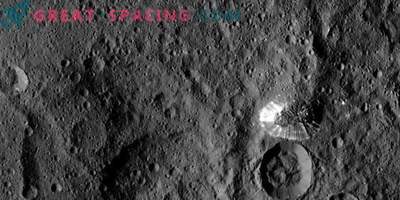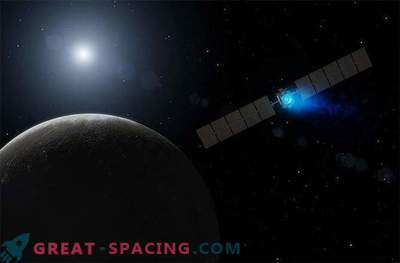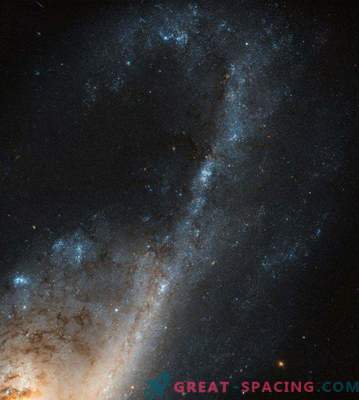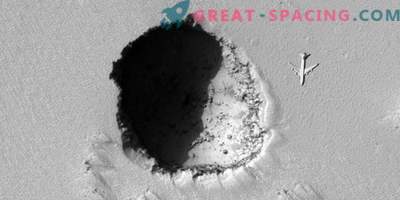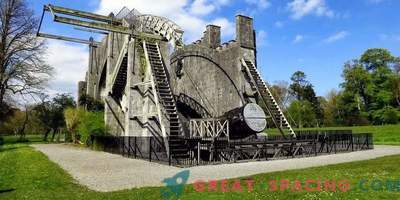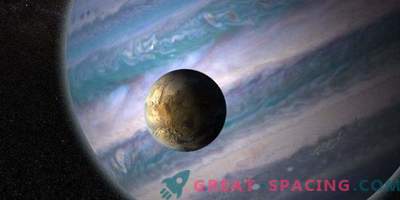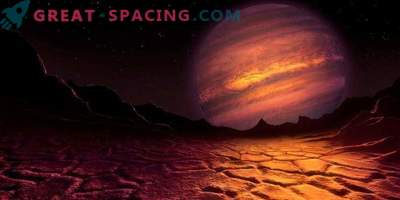
The dwarf planet, rotating in the asteroid belt of the solar system, seems to have one cryovolcan. And it is strange.
NASA spacecraft Dawn is now in orbit Ceres. He managed to discover many strange features. But some brought more secrets than answers. So questions arose about the icy volcanoes of Ceres. More precisely, their sudden absence.
Ice volcanoes or cryovolcanoes are features that are believed to be common to all surfaces of cold bodies in the outer Solar System, resembling analogues of terrestrial volcanoes. The terrestrial ones are set in motion by tectonic activity, due to which the molten rock and magma are pulled out from the depths of the Earth to the surface. But in the outer solar system magma is replaced by volatile ice, forming icy features mixed with stone.
When Dawn was in orbit, the scientists wanted to make sure that they were in a world of ice. And as it turned out on Ceres there is a rich supply of ice. But the only cryovolcanic object turned out to be Ahuna Mons (in the upper picture). Its steep slopes reach half the height of Everest. But if Ceres is active, then why does she have only one cryovolcan?
“Imagine that there is only one volcano on the entire Earth,” said Michael Sori. “We would be confused too.”
In a new study, the scientist and his team believe that there are many more Ahun Mons brothers and sisters in Ceres, but “they turned into a landscape and lost their form”. There is no atmosphere in Ceres, but the snag is not in the erosion by winds or the impact of an asteroid. Researchers have come to a much more subtle reason. “Viscous relaxation” is a process whereby seemingly solid material gradually spreads. Remember at least the glaciers in the ocean or the windows, slowly being distorted over a long time of use.
Having created a model of cryovolcanoes consisting of 40-100% of ice, the researchers realized that viscous relaxation affects the mountains and the surface of Ceres. And if Ahuna Mons consists of at least 40% ice, she will also take part in the process and drop 10-50 meters (30-160 feet) in a million years.
“Ahuna Mons is only 200 million years old, so he didn’t manage to deform,” said Sori.
Next, scientists plan to look for forms in the relief, which may be former cryovolcanoes. In turn, this will help to understand how Ceres developed, how much ice is in it, and how cryovolcanoes form in other places in the Solar System.
“It would be interesting to check out a few more features that are older domes, in order to understand how they fit in with the theory of how shapes should viscously evolve,” said Kelsey Singer. - “After all, all the features of cryovolcanoes differ depending on the chosen studied world. Therefore, it would help to replenish the list of characteristics. ”





